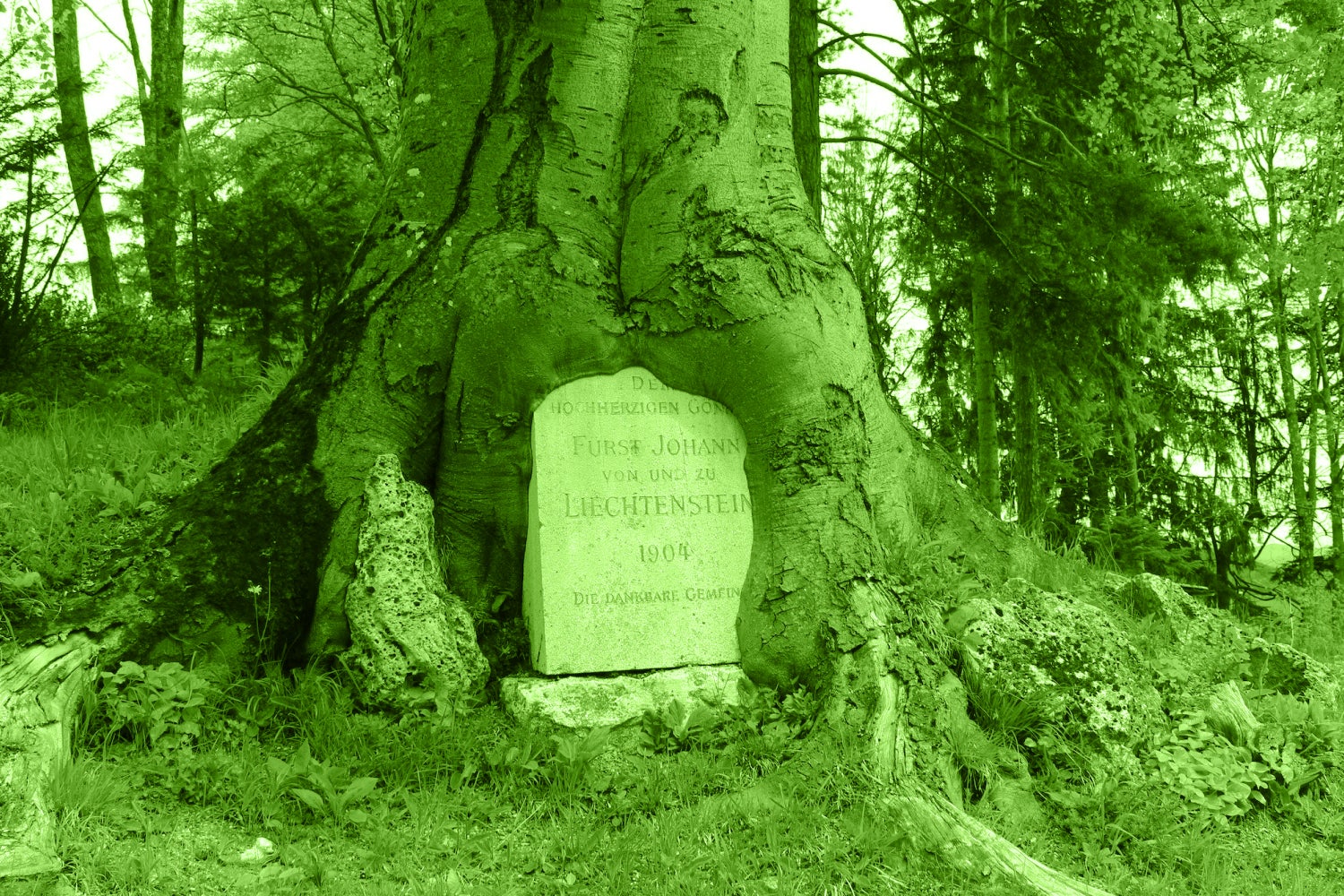The story has been updated. It originally published on Oct. 31, 2023.
If you’re reading this, you likely think about the ecological challenges of your Earthly existence on a fairly regular, if not everyday, basis. And, perhaps, while spooky season might make you wonder about all those plastic candy wrappers and trashed pumpkins, ghouls and faux gravestones might also spark more literal life-or-death questions. Specifically: Given the slew of unsustainable routines associated with modern funerals—from embalming to cremation—is there a last act that’s truly green?
What’s so bad about modern burial?
Modern-day embalming actually owes its popularity to a fad. After Abraham Lincoln was assassinated, his body was transported nearly 1,700 miles back to Illinois and viewed by mourners in 400 cities and towns along the way. “The body of the president will never know decay,” his embalmer Charles Brown told The Chicago Tribune. Embalming quickly caught on among the wealthy, and eventually spread to the general population and became the “traditional” way to get buried. Today, 30% of the people in the U.S. follow the practice.
It’s…not great. Every year, burials use up some 827,060 gallons of toxic embalming fluids like formaldehyde, which can leach into the soil where it can kill microbes and eventually find its way into drinking water. Contemporary funeral practices and cemeteries also use up approximately 30 million board feet of hardwoods, 2,700 tons of copper and bronze, 104,272 tons of steel, and 1,636,000 tons of reinforced concrete every year, according to an estimate in the Berkeley Planning Journal.
Is cremation any better?
Cremation became an appealing form of burial after writer Jessica Mitford published The American Way of Death in 1963, which exposed the ills of the funeral industry. She posited that cremation was a more affordable and holistic option, and it stuck: According to the National Funeral Directors Association, 63% of people now choose cremation over burial. Opting for ashes comes with its own problems. Each cremation can emit about 535 pounds of CO2—comparable to a 609-mile trip in an average car. On top of that, it also can release vaporized mercury from people’s fillings and particulate matter.
Are there greener forms of cremation?
Aquamation, also known as Resomation or alkaline hydrolysis, uses an alkaline solution to decompose the body in a matter of hours. This method mimics nature’s natural process, and it has a smaller footprint than cremation and lower risks of mercury pollution, says Nicki Mikolai of Resomation America. Instead of ashes, water cremation leaves behind liquid with some bone fragments, which the family members may choose to bury or scatter.
What about composting?
In the U.S., an option called natural organic reduction is legally available in about a dozen states, including Colorado, Washington, Oregon, Vermont, California, and New York. The body is placed in a vessel with natural materials like wood chips, alfalfa, and straw, and turned regularly over a period of four to six weeks. Over time, microbes break down the body and leave behind soil, which is then returned to families. “You can scatter the soil somewhere that’s significant to you,” says Beverly Tryk of People’s Memorial Association in Seattle, which offers such a composting option. “Or you can actually donate your soil to go help rehabilitate exploited land.”
Whatever happened to just plain old burying?
It never went anywhere. The departed can rest in peace without any tech. “You can bury your beloved Aunt Bessie in a simple willow casket and even without any casket at all,” says Sara Williams of the National Funeral Consumers Alliance. “A simple shroud would be just fine.” Burying people in cemeteries, or even in some states on your own property, without embalming and coffins has never been outright illegal in the U.S.
So, I can just go out in the woods?
You can be buried in a forest, under a tree, or on a lush meadow. If that sounds like your cup of postmortem tea, look for conservation cemeteries in your state. These sites are typically land trusts (which means they’re protected against development) and don’t require embalming and building cement vaults. More than 200 American funeral sites offer green burials. In many cases, coffins are optional, but there are also a variety of alternative materials. A simple willow casket or shrouding are both great options, and some companies now offer vessels made of mycelium, a natural recycler found in mushrooms that decomposes all things dead from leaves to bone.
Of all the options is one truly better than all the others?
There’s no excellent apples-to-apples data comparing the footprints of various burial methods, and our final act is a small piece of our lifelong footprint—but that doesn’t mean it can’t be improved. Making end-of-life decisions, for ourselves or loved ones, isn’t easy, and there are of course cultural and religious considerations to keep in mind. But, if you’re looking to make a choice based purely on environmental impact, consider focusing on ways that give back instead of leaving a mark. Natural organic reduction, for example, can create 200 pounds of compost for land rehabilitation, and choosing a conservation cemetery can help safeguard acreage for the future. It’s also important to make sure you plan ahead so that your loved ones know what matters to you, something only about one in three people do.

